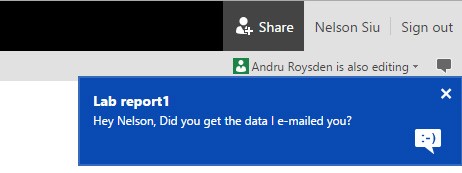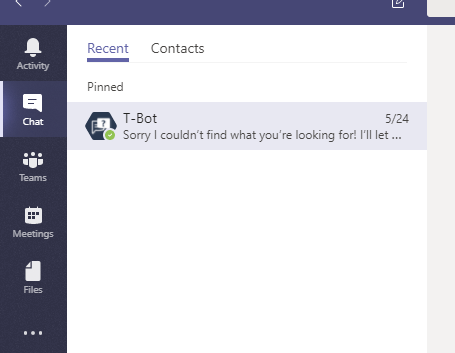
The process that the Office application goes through to discover the default IM client application is as follows: If it discovers a default IM client application, it then attempts to connect to it. The Office application looks for several specific keys and entries in the registry to discover the default IM client application. When the IM client application shuts down, the Office application silently disconnects. It gets presence information for the local user's contacts. It determines the capabilities of the currently signed-in user (local user), including getting the user's contacts, determining the user's presence, and determining the user's IM capabilities (instant messaging, video chat, VOIP, and so on). It connects to specific interfaces that are exposed by the IM client application. It authenticates with the IM client application. It checks the registry to discover the default IM client application and then connects to it. When an Office 2013 (or higher) application starts, it goes through the following process to integrate with the default IM client application: How Office integrates with an IM client application Office 2010 enumerates all groups and contacts as soon as it connects to an IM client application.When the Office application calls the IUCOfficeIntegration.GetAuthenticationInfo method on the IM client application, it passes in the string "14.0.0.0".
#Ms office chat .dll#
The Lync 2010 SDK includes the .dll file for Office 2010.
#Ms office chat download#

Specifically, you can modify your IM application so that it displays the following information within the Office UI:Ĭontact availability string (for example, "Available" or "Out of Office").Ĭontact capability string (for example, "Video Ready"). You can customize an IM client application so that it communicates with Office.


This article does not provide details about how the IM client application communicates to the IM service or about the IM service itself. For example, Lync 2013 and Teams are considered an IM client applications. This article uses the term IM client application to refer specifically to the application installed on a user's computer that communicates to the IM service.


 0 kommentar(er)
0 kommentar(er)
